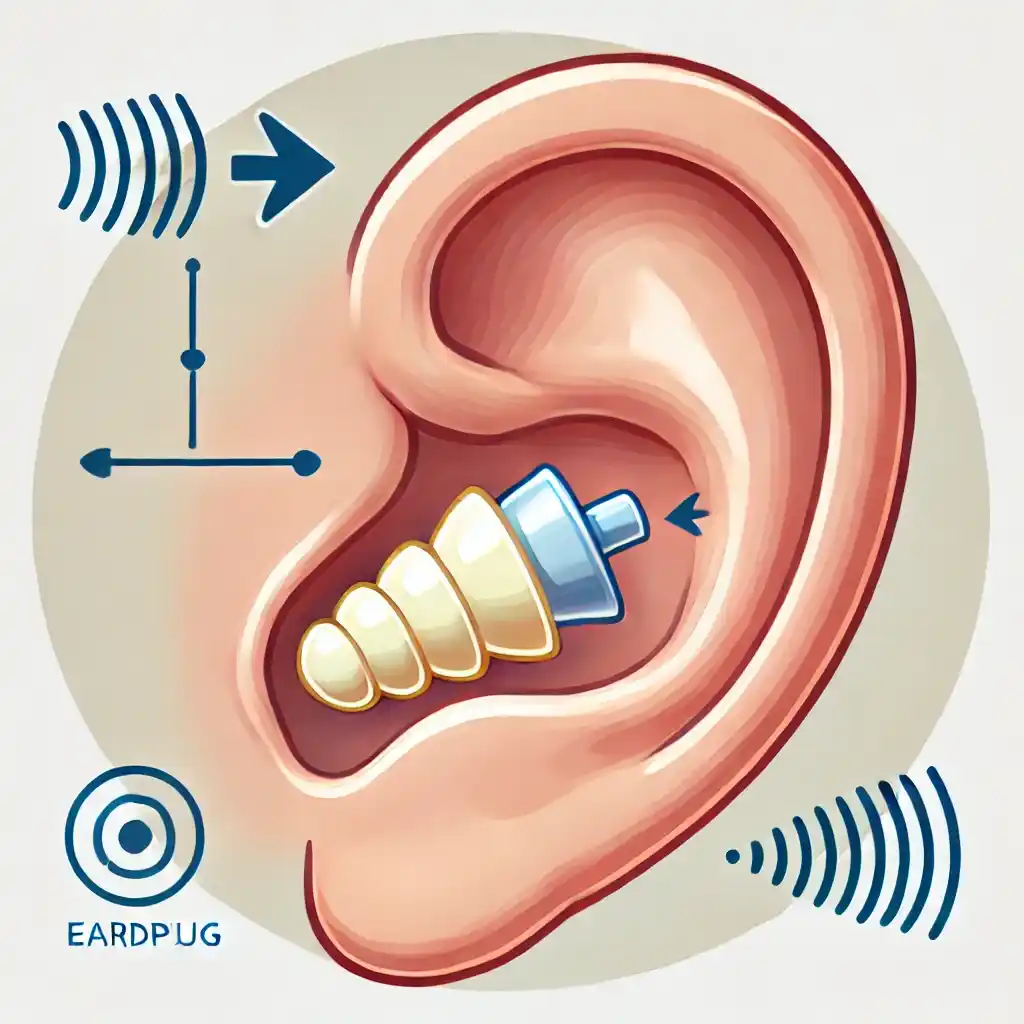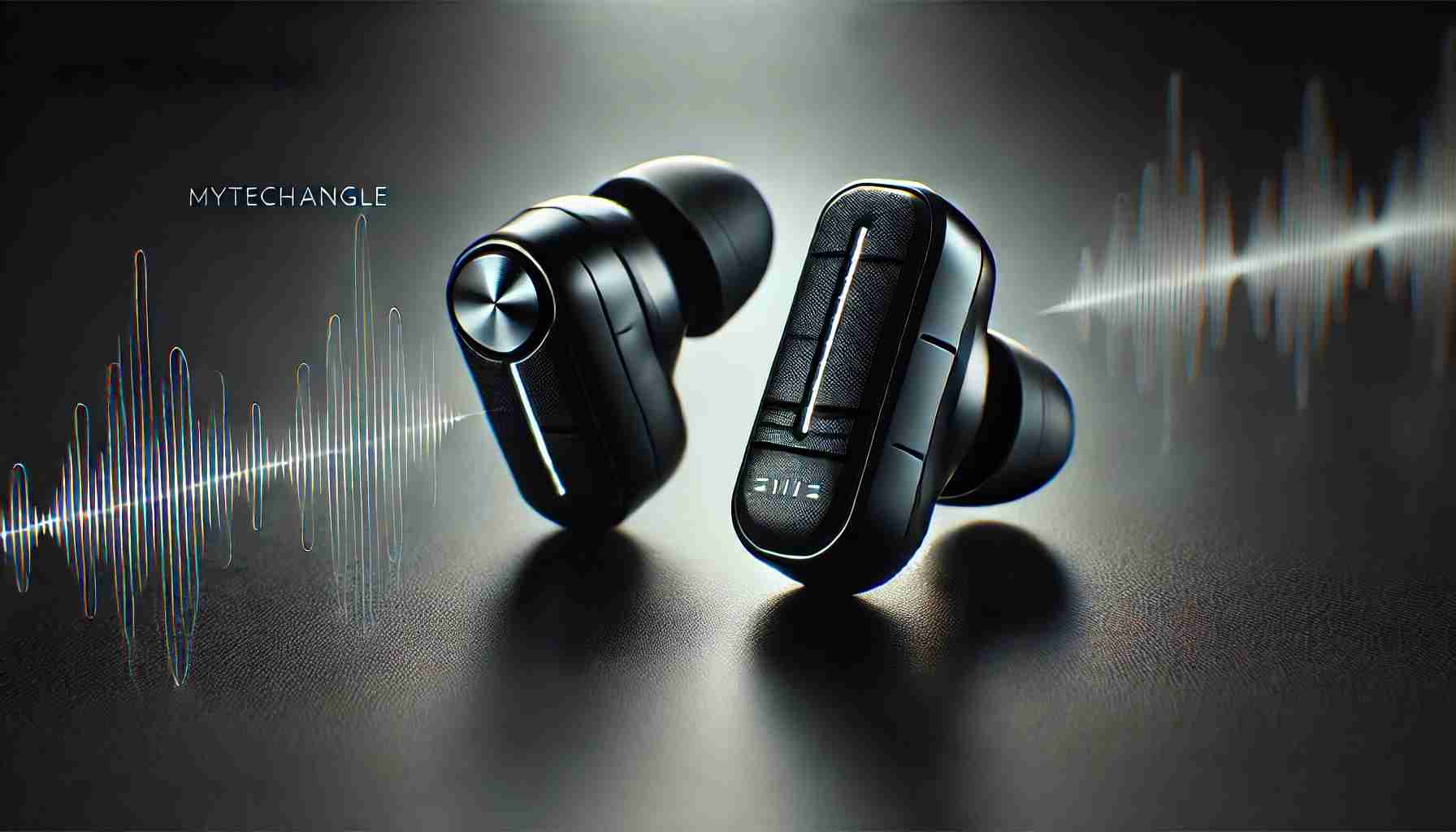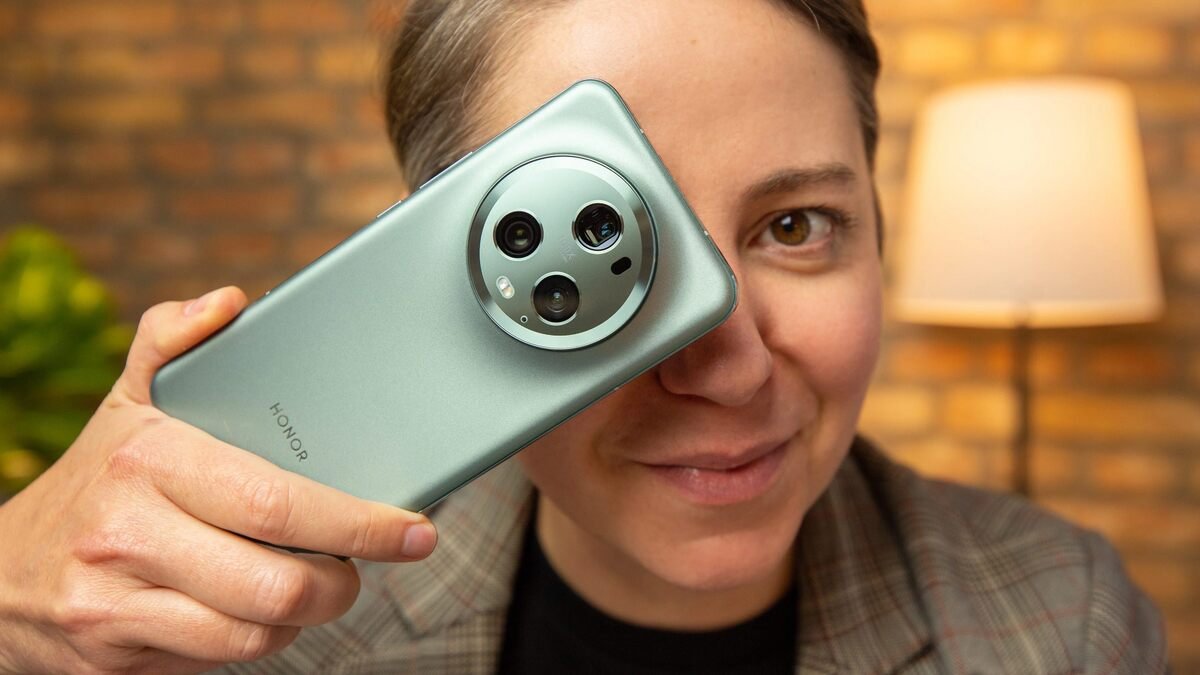In our increasingly noisy world, earplugs have become an essential tool for preserving our hearing and ensuring a good night’s sleep. Whether you’re trying to block out the sound of snoring, protect your ears from loud environments, or simply find some peace and quiet, ear plugs can make a significant difference. In this comprehensive guide, we will explore everything you need to know about ear plugs—from how they work to the different types available, and how to choose the right pair for your needs.
What Are EarPlugs and Why Are They Important?
Ear plugs are versatile tools that cater to a wide range of needs, from daily protection in high-noise environments to occasional use during travel or leisure activities. They can significantly enhance the quality of life by preventing noise-induced hearing loss, improving sleep quality in noisy environments, and providing comfort during activities where ear protection is necessary. Moreover, for individuals with sensitive ears or specific medical conditions, ear plugs can be an essential part of their daily routine, helping to prevent irritation or infection by keeping water, dust, and other irritants out of the ear canal. As such, choosing the right type of ear plugs tailored to your specific needs is crucial for maximizing their effectiveness and ensuring comfort.
How Do EarPlugs Work?
Ear plugs work by blocking the external noise from reaching your eardrum. They are typically made from materials like foam, silicone, or wax, which mold to the shape of your ear canal to create a seal. This seal reduces the volume of sound entering the ear, helping to protect your hearing from damage or allowing you to sleep undisturbed in noisy environments.

Why Should You Use Ear Plugs?
- Hearing Protection: Exposure to loud noises, such as at concerts or construction sites, can lead to permanent hearing loss. Earplugs reduce the intensity of these sounds, protecting your hearing over time.
- Improved Sleep: For those who live in noisy environments or have partners who snore, ear plugs can significantly improve sleep quality by reducing disturbances.
- Focus and Concentration: In noisy work environments or while studying, earplugs can help increase concentration by blocking out distracting background noises.
- Comfort During Travel: Earplugs can be useful during flights to reduce the discomfort caused by changes in air pressure and to block out engine noise.
Different Types of Ear Plugs
Not all ear plugs are created equal. Depending on your specific needs, you might prefer one type over another. Below are the most common types of earplugs available:
1. Foam EarPlugs
Foam ear plugs are the most commonly used and are typically inexpensive. They are made of a soft, expandable foam that fits snugly in the ear canal.
- Pros: Affordable, disposable, easy to find.
- Cons: Can be uncomfortable for long-term use, may not fit perfectly in all ears.
2. Silicone EarPlugs
Silicone ear plugs are more durable than foam and can be reused multiple times. They are often moldable, which allows them to fit better in the ear canal.
- Pros: Reusable, comfortable, moldable to fit.
- Cons: Slightly more expensive, may cause discomfort if not inserted correctly.
3. Wax Ear Plugs
Wax earplugs are known for their comfort and are particularly popular for sleep and swimming. They are moldable and can be adjusted to fit your ear canal perfectly.
- Pros: Very comfortable, excellent for sleeping, waterproof.
- Cons: More expensive, may need to be replaced more frequently.
4. Flanged Ear Plugs
Flanged earplugs have multiple ridges or “flanges” that create a secure seal within the ear canal. These are often used by musicians and in industrial settings.
- Pros: Excellent noise reduction, reusable, secure fit.
- Cons: Can be uncomfortable for extended wear, more expensive than other types.
5. Custom-Molded EarPlugs
For those who need earplugs regularly, custom-molded earplugs are made to fit the exact shape of your ear canal. These are often used by professionals who need to protect their hearing in loud environments.
- Pros: Perfect fit, long-lasting, high comfort.
- Cons: Expensive, requires a fitting process.
How to Choose the Right EarPlugs for You
Choosing the right earplugs depends on your specific needs and the environment in which you plan to use them. Here are some factors to consider:
![]()
1. Purpose of Use
Are you using ear plugs for sleep, swimming, or noise protection? Foam earplugs might be best for sleeping, while silicone or flanged plugs might be better for noisy environments.
2. Comfort
Comfort is key, especially if you plan to wear ear plugs for extended periods. Try different materials to see which feels best in your ears.
3. Noise Reduction Rating (NRR)
The NRR measures how much noise the ear plugs can block out. Higher ratings mean more noise reduction, which is essential in very loud environments.
4. Fit
Ensure the earplugs fit well in your ear canal. A poor fit can reduce the effectiveness of the ear plugs and may cause discomfort.
5. Reusability
If you plan to use ear plugs frequently, consider reusable options like silicone or custom-molded earplugs, which might be more cost-effective in the long run.
How to Properly Insert and Care for EarPlugs
Using ear plugs correctly is essential to ensure they provide the maximum protection and comfort. Here’s a step-by-step guide:
1. Inserting Foam EarPlugs
- Roll the ear plug between your fingers to compress it.
- Pull the top of your ear up and back to straighten the ear canal.
- Insert the plug into your ear canal and hold it in place until it expands to fill the space.
2. Inserting Silicone or Wax Ear Plugs
- Mold the ear plug into a shape that fits your ear.
- Insert the plug into your ear canal, ensuring it forms a seal.
3. Care and Maintenance
- Foam Ear Plugs: Disposable, so discard after use.
- Silicone and Wax EarPlugs: Clean regularly with mild soap and water, and replace when they become too dirty or lose their shape.
- Custom-Molded Ear Plugs: Follow the manufacturer’s cleaning instructions to ensure longevity.
Common Mistakes to Avoid When Using Ear Plugs
Even though ear plugs are simple to use, there are some common mistakes that can reduce their effectiveness:
1. Not Inserting Them Correctly
Improper insertion can lead to poor noise reduction and discomfort. Always follow the instructions for your specific type of ear plug.
2. Using Dirty or Damaged Ear Plugs
Using earplugs that are dirty or damaged can introduce bacteria into your ear and reduce the ear plug’s effectiveness.
3. Not Replacing Ear Plugs Regularly
Even reusable earplugs have a lifespan. Replace them as needed to ensure they continue to provide adequate protection.
Conclusion
Ear plugs are a simple yet highly effective solution for protecting your hearing and improving your quality of life. Whether you’re trying to get a better night’s sleep, protect your ears from loud noises, or block out distractions while working, there’s a type of ear plug that’s right for you. By understanding the different types of ear plugs available and how to use them correctly, you can make an informed choice that best suits your needs. Don’t overlook the importance of this small device—it could be the key to preserving your hearing and enjoying a quieter, more comfortable life. For more insights and the latest in tech solutions, visit our site “MyTechAngle” today!




1 thought on “The Definitive Guide to Choosing and Using Ear Plugs for Maximum Comfort and Protection”
Amazing Content